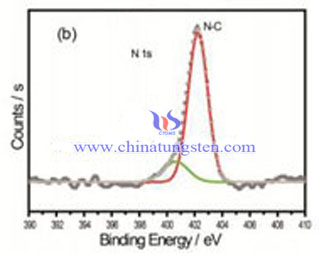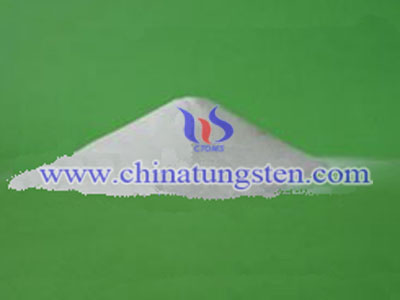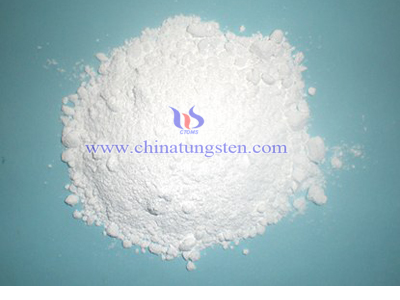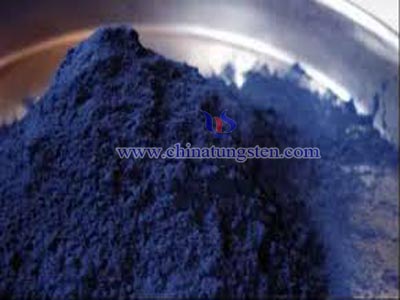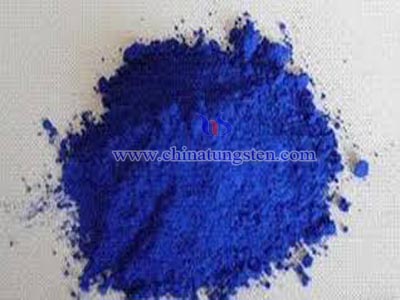Tungstic acid XPS
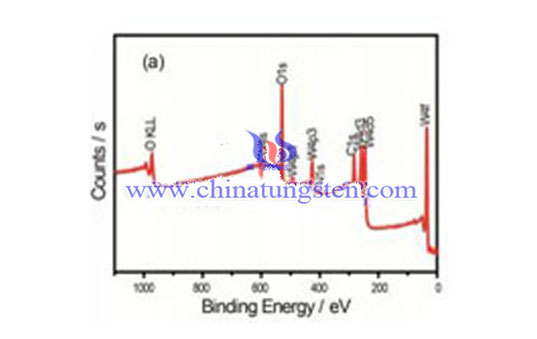
Tungstic acid XPS เป็นเทคนิคการวิเคราะห์ทางเคมีพื้นผิว, เทคนิคสเปกโทรสโกปีเชิงปริมาณซึ่งใช้สำหรับการทดสอบองค์ประกอบ, สูตรเชิงประจักษ์ของ tungstic, และสถานะทางเคมีและอิเล็กทรอนิกส์ขององค์ประกอบทังสเตนในนั้น XPS spectra นั้นได้มาจากการฉายรังสีของวัสดุด้วยลำแสงของรังสีเอกซ์ในขณะเดียวกันก็ทำการวัดพลังงานจลน์และจำนวนอิเล็กตรอนที่หนีออกมาจาก 0 ถึง 10 นาโนเมตรของกรด tungstic ที่วิเคราะห์พร้อมกัน XPS ต้องการสภาวะสูญญากาศสูง (P ~ 10−8 millibar) หรือสภาวะสุญญากาศสูงพิเศษ (UHV; P <10−9 millibar) ถึงแม้ว่าพื้นที่ในการพัฒนาในปัจจุบันจะเป็น XPS ความดันบรรยากาศ ไม่กี่สิบ millibar
XPS can be used to analyze the surface chemistry of a material in its as-received state, or after some treatment, for example: fracturing, cutting or scraping in air or UHV to expose the bulk chemistry, ion beam etching to clean off some or all of the surface contamination (with mild ion etching) or to intentionally expose deeper layers of the sample (with more extensive ion etching) in depth-profiling XPS, exposure to heat to study the changes due to heating, exposure to reactive gases or solutions, exposure to ion beam implant, exposure to ultraviolet light.
XPS is also known as ESCA (Electron Spectroscopy for Chemical Analysis), an abbreviation introduced by Kai Siegbahn's research group to emphasize the chemical (rather than merely elemental) information that the technique provides. In principle XPS detects all elements. In practice, using typical laboratory-scale X-ray sources, XPS detects all elements with an atomic number (Z) of 3 (lithium) and above. It cannot easily detect hydrogen (Z = 1) or helium (Z = 2).

